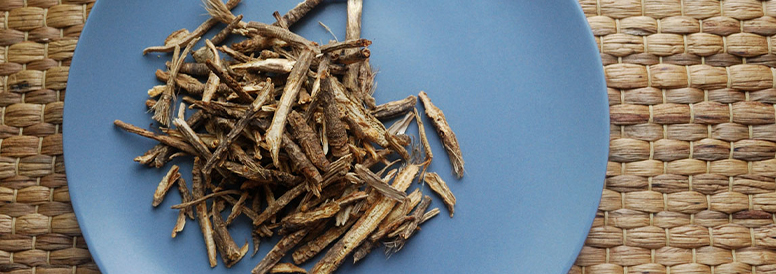Introduction to Traditional Chinese Medicine
Traditional Chinese Medicine
Developed and refined over thousands of years, Traditional Chinese Medicine (TCM) plays an integral role in the healthcare system of most Asian countries. Through a combination of modalities including acupuncture, movement, meditation, and herbs, TCM focuses on balance and bringing harmony to mind, body, and spirit. Although developed centuries ago, it is still a highly respected form of medicine that has been receiving more attention in the scientific literature, especially when it comes to TCM herbs and herbal formulas.
Siler Root Origins and Recent Studies
Siler Root Gains Adoption in American Herbalism
True to our heritage as a melting pot of cultural traditions, there are many Chinese herbs which have been adopted into “American” herbalism, including ginseng, dong quai, astragalus, and licorice. You’ll also find another TCM herb, siler root (Saposhnikovia divaricata), included in formulas, especially for immune support.*
Also known as Fang Feng, which means “wind prevention” in Chinese, in this case “wind” refers to the “pathogenic” wind that can disturb the body’s natural harmony. This aromatic perennial plant is a part of the Umbelliferae family (carrot, celery, parsley) and is generally used to support immune function and balance.*
In TCM philosophy, siler root is often combined with astragalus root for the purpose of immune support. This carries over to our own western herbal tradition as well, where both astragalus and siler root are included along with European and American herbs in immune support formulas.
Recent Studies of Siler Root
Siler root has also been shown to support a healthy inflammatory response.* In vitro research demonstrates that the bioactive constituents of Siler Root also have powerful antioxidant activity. According to a 2016 review published in the journal Evidence-based Complementary and Alternative Medicine, in vivo research demonstrates that Siler Root can help support healthy production of nitric oxide, prostaglandin E2, tumor necrosis factor-α, and interleukin-6.*
A 2018 study featured in the Indian Journal of Pharmaceutical Science analyzed three species of plants belonging to the Umbelliferae family and found that the Saposhnikovia divaricate (Siler Root) species had the highest polyphenol content and highest antioxidant activity compared to the other two species.

